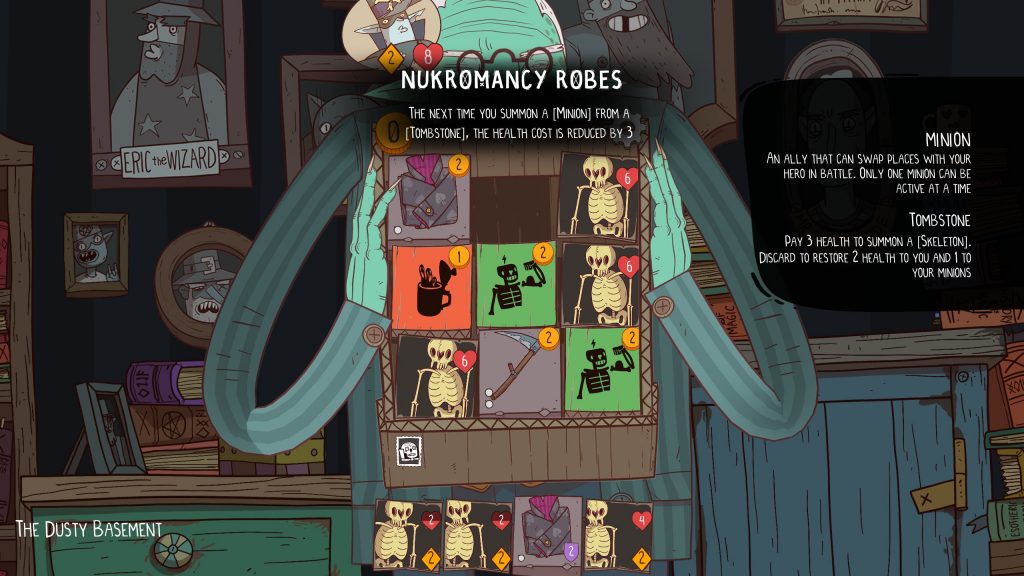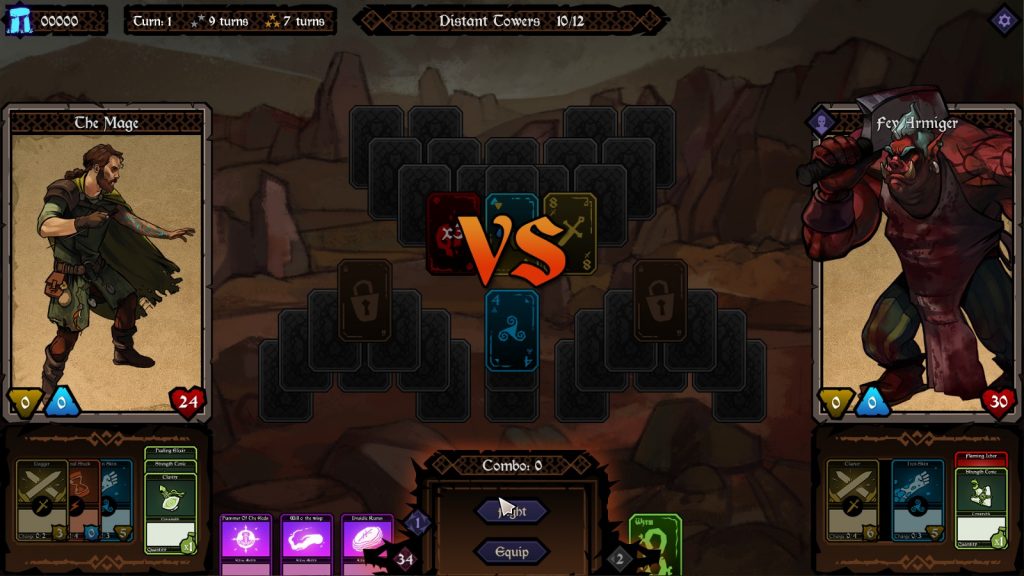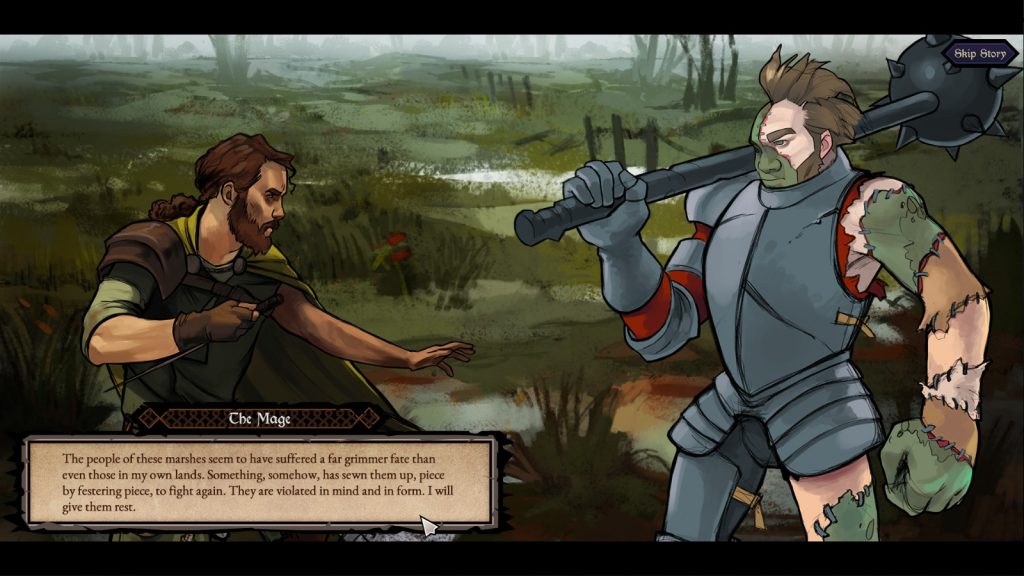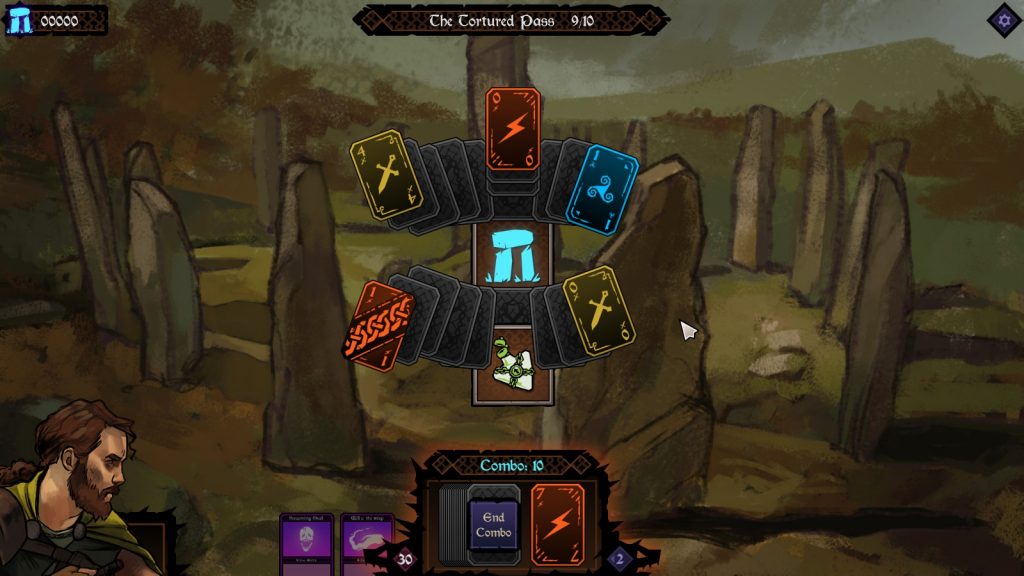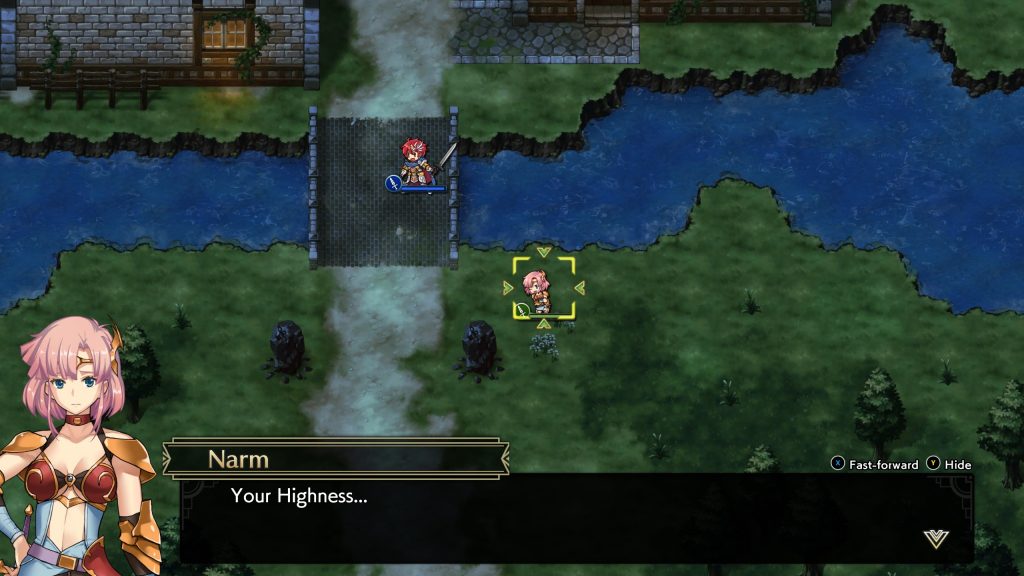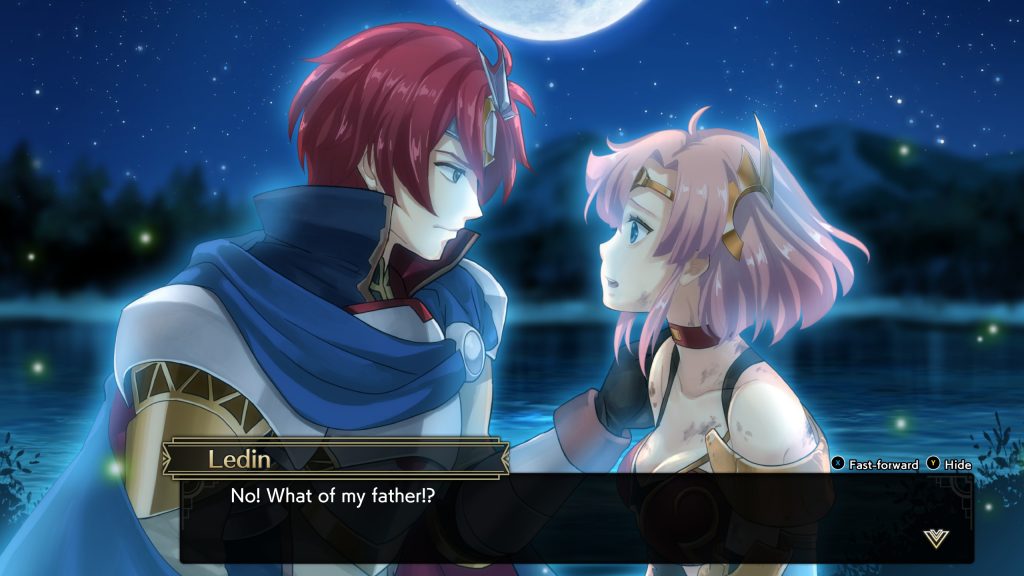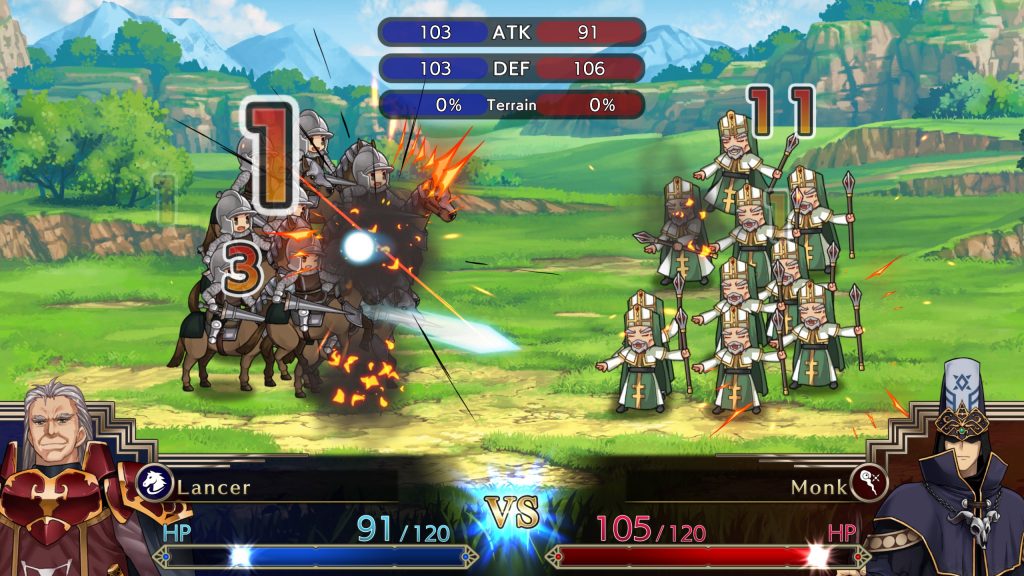Spellsword Cards: Dungeontop (Early Access Review 2)

Source: Review Copy
Price: £12.39
Where To Get It: Steam
Other Reviews: Early Access 1 Release Review
Rogues. We love them. Or hate them. It really depends on which party got backstabbed. And this is the latest addition to Spellsword Cards: Dungeon Top (Stop snickering!), a card based strategy game where the cards summoned are units, your hero is a unit too, and if your hero dies, you lose, good job, start over… And if their hero in a fight dies… Congrats, you won a fight.
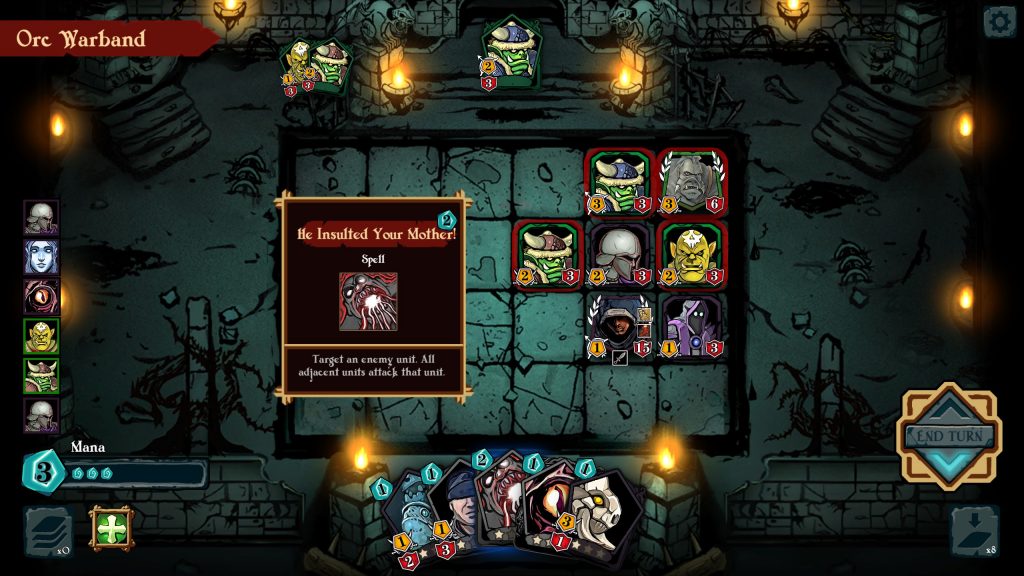
And our old friend incremental unlocks, where winning gets you resources to get more stuff, which may help you win… So on. Aesthetically, it’s pretty nice, some dramatic, tense music, some cool painted faces for the assorted minions and hero(in)es, and…
…Sigh. A menu UI that’s still small, with no scaling option. It’s been what, [insert time here], folks? Come on, I know your dungeon door is pretty, but you can make the menu options bigger than that.
In any case, play still revolves around a deck themed around the Hero/Faction dichotomy, where some cards are unique, others are general, and the themes are obvious. The Karim remain the faction which eats itself for power, sacrificing minions to make the few glorious murderbastards. Helm, meanwhile, has the philosophy of “Build ’em up slow, take the enemy down.” And the Warrior, Mage, and Rogue? Well, they stab hard, throw spells, and sneakily take down the enemy, respectively.
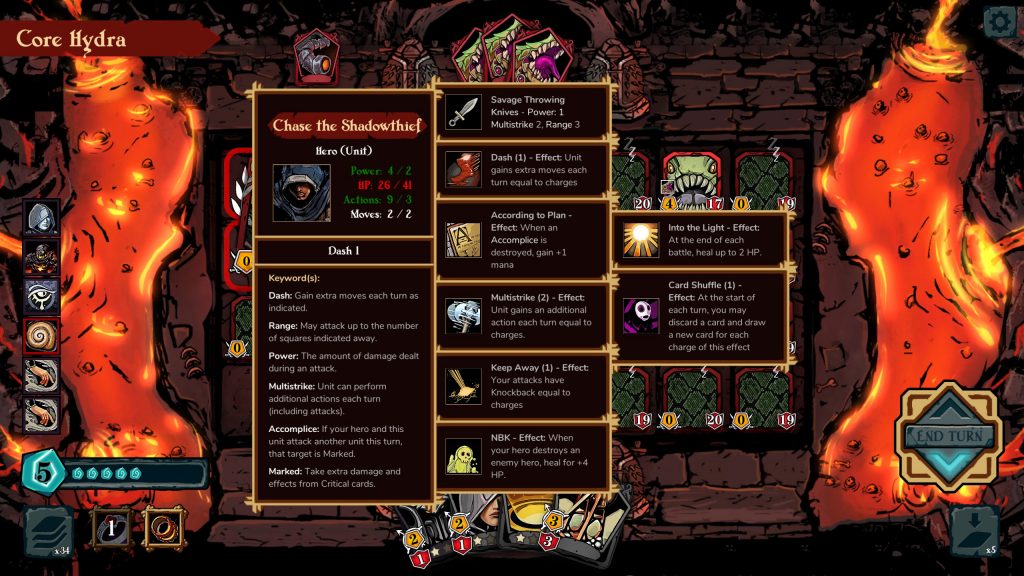
Okay, the rogue, being a new addition, needs a little more detail: His weapons come in melee and ranged flavours, but if you can get throwing knives (giving you multistrike at higher levels), go for them, and build around them. Because knockback is a thing, and knockback damage is a thing, the rogue can do well as a ranged murderer supreme, mainly needing his minions as meatshields. Or they can go all out on certain spells, and get through a fair few fights making the minions or the boss hit each other (and get free attacks from your own units.) They fight quick, and they fight decisively, one way or the other.
You will fail at first. It’s one of those games. But from each battle, you learn an enemy’s (pretty fixed) patterns. You learn how to beat them. In a way, it’s more of a puzzle game than a strategy one, although the random element does make it more “Hrm, of these five cards, which three of these do I apply to most effectively murder this giant golem that runs pretty quickly, attacks all units around it once every two turns, and will murder even my strongest warriors without too much hassle (and me with only slightly less)?”
Because yes, you have limited amounts of cards you can play in a turn, although some level up choices can make that more reasonable, as can some treasures.
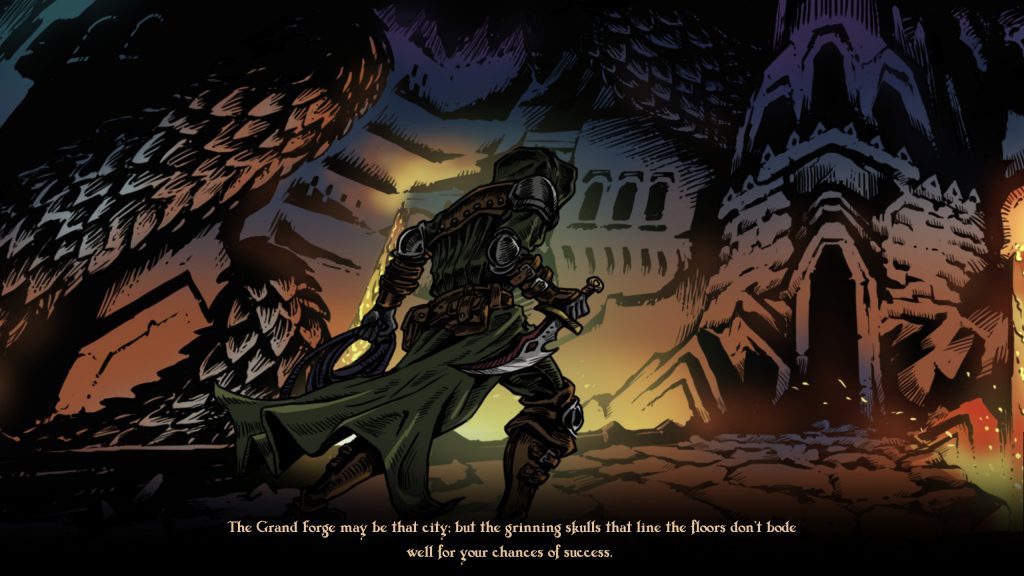
How does it feel? Well, it feels much the same as when I last reviewed it: It’s an interesting game, it’s got a good aesthetic, it still needs to make those menu options bigger, and with a new area of the game added to boot, it’s got its rough difficulty curve laid out. It also has a draft option, allowing you to build a specific deck, seeds, and adding threat, so… Overall, it’s looking pretty promising!
Hi devs. Decent size on them main menu buttons, ta. Right now, it’s my only crit.



